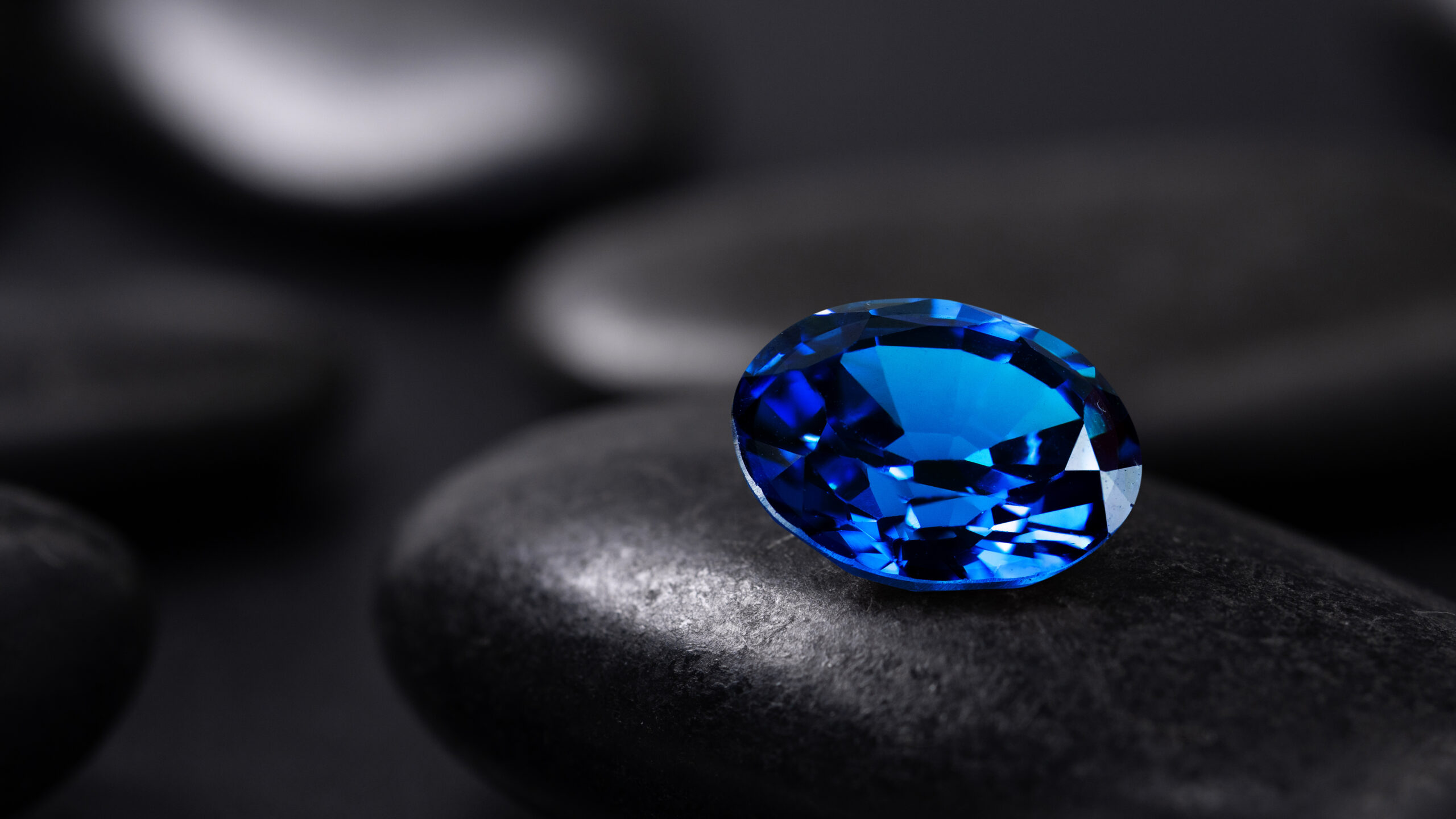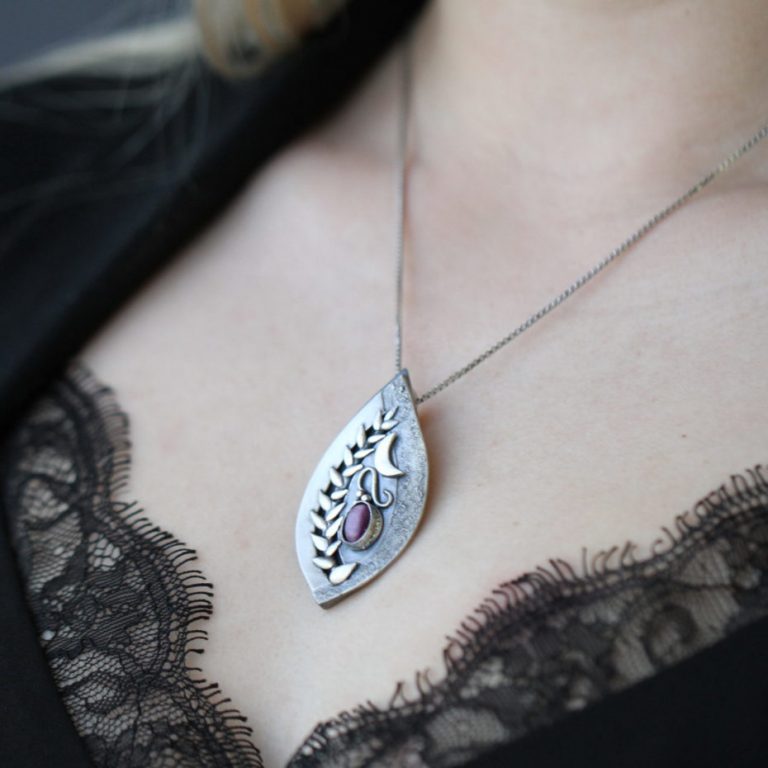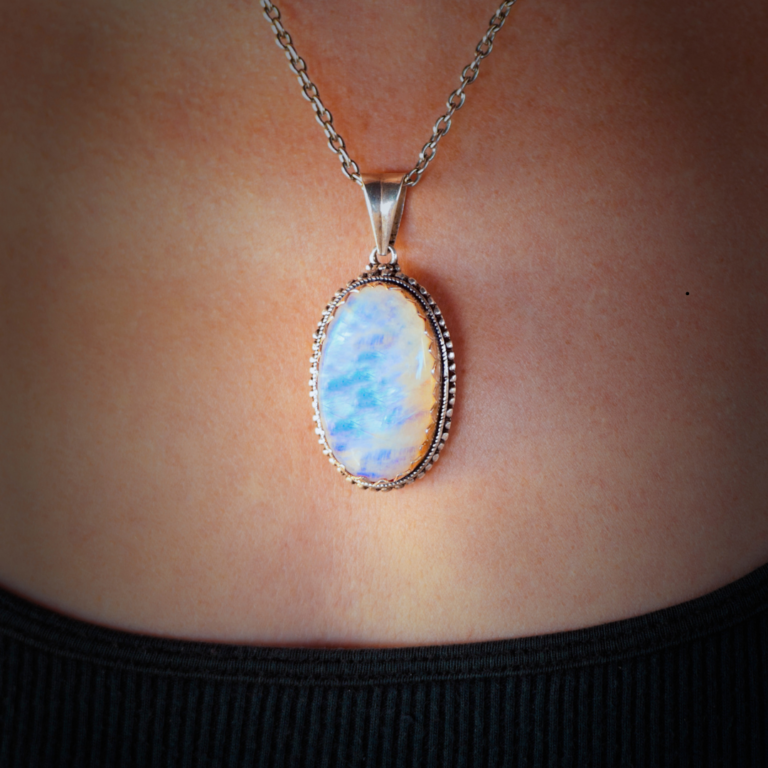Sapphire: The Essential Guide to Its Beauty and Value
Sapphire is one of the most coveted gemstones in the world, renowned for its rich colours and remarkable durability. It is primarily valued for its stunning blue variant, but sapphires also come in a range of other shades, including pink, yellow, and green, making them a versatile choice for jewelry. This gemstone has a storied history, intertwining with royalty and culture throughout the ages.
Beyond its aesthetic appeal, sapphire is known for its hardness, second only to diamond. This durability makes it not only a beautiful accessory but also a practical choice for everyday wear. Jewellers and buyers alike appreciate sapphire for its ability to withstand the rigours of daily life while still maintaining its brilliance.
The significance of sapphire extends into symbolism and spirituality. Many cultures view it as a stone of wisdom and protection, believing it brings peace and promotes clarity of thought. This article will explore the diverse meanings and uses of sapphire.
Sapphire Overview
Sapphire is a precious gemstone known for its striking blue colour, though it can also be found in various other hues. This section addresses its defining features and its significance throughout history.
Definition and Characteristics
Sapphire is a variety of corundum, primarily composed of aluminum oxide (Al2O3). It is highly prized for its hardness, rated 9 on the Mohs scale, making it second only to diamond. This durability makes sapphire suitable for various applications beyond jewelry, including watch crystals and electronic components.
The coloring of sapphires results from trace elements. For instance, iron and titanium contribute to blue hues, while chromium gives rise to pink sapphires. Sapphires can also be colourless, yellow, green, and even black. The term “fancy sapphire” refers to these non-blue varieties. Additionally, some sapphires exhibit unique optical phenomena, such as asterism, which produces a star-like effect on the surface.
Historical Significance
Sapphire has held cultural and historical significance across various civilizations. In ancient Persia, it was believed that the sky’s blue colour was derived from sapphires, symbolizing heaven. In the Middle Ages, sapphires were associated with royalty, often worn by kings and queens as a symbol of divine favour and protection.
The gemstone has also been linked to spiritual and healing properties. In several cultures, it is thought to promote wisdom, loyalty, and nobility. Religious texts from various traditions mention sapphires as symbols of purity and holiness. Today, sapphire continues to be a favoured choice for engagement rings, representing fidelity and commitment.
Formation and Sources
Sapphire formation involves complex geological processes that take place over millions of years. Its sources are primarily tied to specific locations where the right conditions exist for sapphire development.
Geological Formation
Sapphires are a variety of corundum composed of aluminum oxide. They typically form in high-temperature and high-pressure conditions, often within metamorphic rocks. The process involves the crystallization of aluminum and oxygen in the presence of trace elements such as iron, titanium, and chromium, which impart colour to the stones.
Sapphire crystals can also emerge from igneous processes, where cooling magma creates environments conducive to sapphire growth. These crystals can reach significant sizes and are often embedded in host rocks. The rareness of the specific conditions needed for sapphire formation contributes to their overall market value.
Primary Mining Locations
Major sapphire mining locations include countries like Sri Lanka, Myanmar, and Madagascar. Sri Lanka, renowned for its quality gemstones, produces blue sapphires along with a spectrum of colours. The country’s geology provides a unique environment for sapphire formation.
Myanmar, particularly in the Mogok region, is another significant source known for its rich reserves of high-quality sapphires. Additionally, Madagascar has emerged as a contender in the sapphire market, offering remarkable stones with vivid hues. Each location presents distinct characteristics due to varying geological conditions, emphasizing the diverse nature of sapphires.
Types of Sapphires
Sapphires come in a variety of colours and types, each with unique characteristics. Understanding these differences helps in appreciating the gem’s beauty and value.
Colours and Varieties
Sapphires are primarily known for their deep blue hue, but they can be found in several other colors. These include pink, yellow, green, and even colorless varieties.
| Color | Description |
|---|---|
| Blue | The most recognized hue. |
| Pink | Ranges from pale blush to deep rose. |
| Yellow | Shades from light straw to intense gold. |
| Green | Typically less common. |
| Colorless | Rare and often used in engagement rings. |
The presence of trace elements such as iron and titanium contributes to these diverse colors. Additionally, certain sapphires exhibit a phenomenon called color change, shifting hues under different lighting conditions.
Notable Sapphire Gemstones
Several sapphires have gained fame for their outstanding quality and history.
- Star Sapphire: Exhibits a star-like pattern called asterism due to rutile inclusions.
- The Blue Heart: A large, stunning blue sapphire weighing 30.82 carats.
- The Loganair Sapphire: Known for its deep blue colour and rich history, it weighs 70.2 carats.
These notable stones not only possess aesthetic appeal but also have fascinating stories tied to their provenance. They exemplify the gemstone’s allure and value across cultures.
Sapphire in Jewelry
Sapphire is a popular gemstone known for its rich colours and durability. Its use in jewelry spans various styles and settings, making it a versatile choice.
Cutting and Shaping
The cutting of sapphire is crucial for enhancing its natural beauty. Common cuts include:
- Round: Offers brilliance and is ideal for rings.
- Princess: Square shape that maximizes sparkle and is popular in modern designs.
- Oval: Provides a classic look and elongates the finger when set in rings.
The quality of the cut affects the stone’s light performance. A well-cut sapphire reflects light brilliantly, while a poor cut can appear dull. Lapidaries focus on minimizing inclusions and enhancing color during the shaping process. The final shape and structure are essential for the stone’s overall brilliance.
Setting and Jewelry Types
Sapphires are used in various types of jewelry, including rings, necklaces, and earrings. The choice of setting enhances the gem’s appearance.
Popular settings include:
- Prong: Holds the stone securely while exposing it to light.
- Bezel: Encircles the stone, offering a modern aesthetic and protection.
- Channel: Sapphires are set in a row between metal bands, often used in wedding bands.
Sapphires are frequently used in engagement rings, symbolizing fidelity and sincerity. Their durability makes them ideal for everyday wear, unlike more fragile gemstones. Additionally, sapphires are available in numerous colors, including blue, pink, and yellow, further broadening their appeal in jewelry design.
Physical and Chemical Properties
Sapphire exhibits remarkable physical and chemical properties that make it a sought-after material in various applications. These properties include high durability and exceptional optical qualities.
Durability
Sapphire is renowned for its hardness, rating a 9 on the Mohs scale. This property makes it one of the toughest natural materials, second only to diamond. Its resistance to scratching, abrasion, and other mechanical damages is particularly valuable in jewelry and industrial applications.
In addition, sapphire has good thermal stability, allowing it to withstand high temperatures without losing its structural integrity. It is chemically inert, which means it does not easily react with acids or bases, further enhancing its durability in harsh environments. This resilience contributes to its extended lifespan in both decorative and functional uses.
Optical Qualities
The optical qualities of sapphire are significant, particularly its clarity and colour range. Natural sapphires come in various colours, with blue being the most recognized. Its colour is due to trace amounts of elements like iron and titanium.
Sapphire has excellent light dispersion, allowing it to reflect light beautifully, which is ideal for gemstones. It has a high refractive index, resulting in brilliance comparable to diamonds. Additionally, sapphire is transparent to ultraviolet light, making it useful in applications like watch faces and optical windows.
Sapphire Treatments
Sapphire undergoes various treatments to enhance its colour and clarity. The most common methods include heat treatment and diffusion treatment, each with specific processes and outcomes that significantly impact the stone’s appearance and value.
Heat Treatment
Heat treatment is a widely accepted process for improving the color and clarity of sapphires. It involves heating the gemstones to high temperatures, typically between 1,600 and 1,800 degrees Fahrenheit (870 to 980 degrees Celsius).
This process dissolves or redistributes inclusions, making the stone look more vivid. It also intensifies the color, particularly for yellow and blue sapphires. In most cases, heat-treated sapphires are not significantly altered by this process; thus, they still maintain their natural beauty while achieving a more desirable aesthetic.
Diffusion Treatment
Diffusion treatment involves introducing colouring agents to the surface of the sapphire. This is typically done by heating the stone in the presence of a material such as titanium or beryllium.
The result is a gemstone with enhanced colour that appears more vibrant than untreated stones. Consumers must be aware that diffusion treatments can lead to uneven surface colours. As a result, these sapphires may require careful inspection to assess their authenticity and market value.
Cultural and Symbolic Meanings
Sapphires carry a rich history of cultural significance and symbolism that spans across various civilizations. Their meanings often reflect ideals of wisdom, loyalty, and nobility.
Sapphire in Mythology and Lore
In ancient cultures, sapphires were often associated with the divine. The Persians believed that the earth rested on a giant sapphire, reflecting the sky’s blue colour. In contrast, the Greeks associated the stone with Apollo, the god of wisdom and prophecy.
Sapphires are featured in numerous myths, including tales of kings who used them as symbols of power and protection. The stone’s deep blue hue was linked to the heavens, making it a favourite among clergy and royalty throughout history.
Modern Associations and Symbolism
Today, sapphires symbolize loyalty, nobility, and trust. Often used in engagement rings, they represent enduring love and commitment, distinct from the commonly used diamond.
In various cultures, sapphires are also believed to provide protection against envy and harm. Their association with clarity of thought and communication further enhances their appeal in both personal and professional settings.
This deep-seated history continues to influence how sapphires are perceived in modern jewelry and cultural practices.
Sapphire Quality and Valuation
Sapphire quality and valuation hinge on several critical factors. Understanding these elements can help buyers, collectors, and enthusiasts determine a sapphire’s true worth.
Factors Affecting Value
Several key characteristics influence the value of sapphires:
- Colour: The most significant factor is colour. The most prized sapphires exhibit a rich, deep blue hue. Other colours like pink, yellow, and green also have value but are generally less sought after.
- Clarity: Sapphires often contain natural inclusions. Higher clarity stones, with fewer visible inclusions, command higher prices.
- Cut: The quality of the cut affects how light interacts with the stone, impacting its brilliance. Well-cut sapphires appear vibrant and lively.
- Carat Weight: Larger sapphires are rare, making them more valuable. Due to rarity, prices increase significantly with carat weight.
- Origin: The sapphire’s source can affect its desirability. For instance, sapphires from Kashmir or Myanmar are often more valuable than those from other regions.
Grading and Certification
Sapphires are graded based on specific criteria, ensuring buyers receive quality stones.
- Gemological Institutes: Reputable organizations like GIA (Gemological Institute of America) and AGS (American Gem Society) provide certifications. These grades confirm the quality and authenticity of the sapphire.
- Color Grading: Color is assessed based on hue, tone, and saturation. A well-graded sapphire will display no zoning or colour banding.
- Clarity Grading: This is evaluated on a scale from included to flawless. Grades are typically classified as SI (Slightly Included), VS (Very Slightly Included), and more.
- Value Appraisal: Certified sapphires often undergo a value appraisal. This ensures the buyer is aware of the stone’s worth in the current market context.
By understanding the grading system and the factors influencing value, one can make informed decisions when purchasing sapphires.
Care and Maintenance of Sapphires
Proper care and maintenance ensure that sapphires retain their beauty and durability. Specific cleaning techniques and suitable storage methods are essential for preserving these precious gemstones.
Cleaning Techniques
Sapphires are durable but require careful cleaning to avoid damage. A gentle approach is best. The following method works effectively:
- Preparation: Fill a bowl with warm water and add a few drops of mild dish soap.
- Soaking: Submerge the sapphire for a few minutes to loosen dirt.
- Cleaning: Use a soft brush, like a toothbrush, to remove debris from hard-to-reach areas.
- Rinsing: Rinse the gemstone under cool running water.
- Drying: Pat the sapphire dry with a soft, lint-free cloth.
Avoid using harsh chemicals, ultrasonic cleaners, or steam cleaning equipment, as these may scratch or damage the stone. Regular cleaning will maintain its sparkle and clarity.
Storage and Handling
Proper storage is crucial for protecting sapphires from scratches and damage. Consider these guidelines for storage:
- Separate compartments: Store sapphires in individual compartments to minimize contact with other jewelry.
- Soft pouches: Use silk or soft fabric pouches to further cushion the stones.
- Cool, dry places: Store in a cool, dry area away from direct sunlight to prevent fading.
When handling sapphires, it is important to wash hands before touching the stones to avoid transferring oils. Avoid exposing sapphires to extreme temperatures or sudden changes in temperature, as this can lead to cracks. Following these tips will help maintain the quality and appearance of sapphires for years to come.







